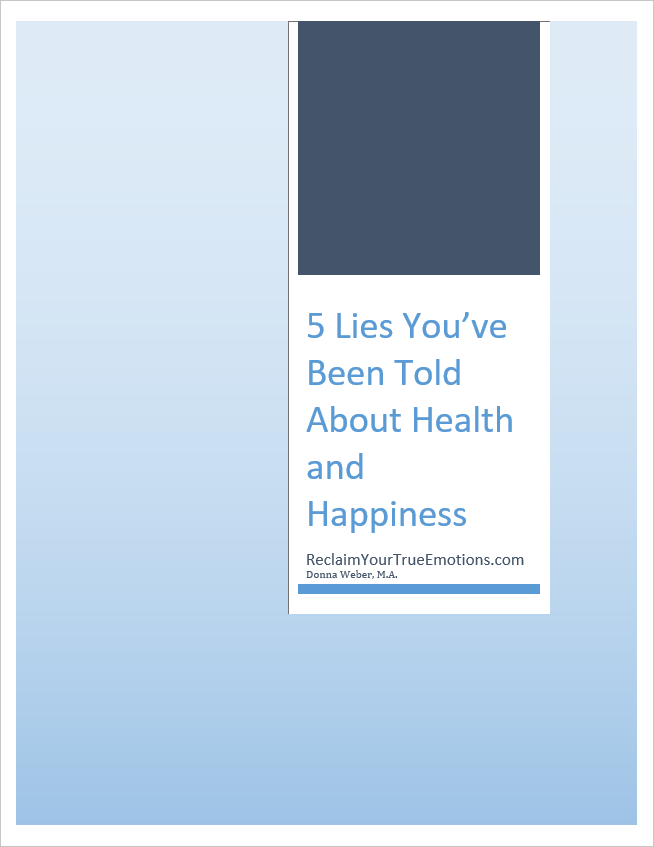The easiest way to explore emotional communication is through the five senses: seeing, hearing, touching, smelling and tasting. Through our senses we can connect with our emotional self. Emotions are felt in the body. To understand more about our emotions we need to look to our body rather than our thoughts.
Let’s go through an exercise so that you can check this out for yourself. We are going to focus on a positive memory for this exercise. Remember a positive memory – one that is filled with happiness, joy or fun. Experience all the good feelings that go along with that memory. Before you start you may want to get a pen and paper to jot down your answers.
Sensory exploration exercise
Since we know that emotions are felt in the body our first question is “Where is the emotional sensation located in the body?” Take a minute to scan your body. For many people positive sensations are felt in or near the heart. Some of you will experience the good feelings throughout your body. There is no right or wrong answers. Just notice what you experience.
Now that you have a general location, ask “Does the sensation have a shape and a size?” Sometimes a sensation has a definite shape and size, like a circle or a box. Other times sensations can be fuzzy or cloud-like.
Now we will began exploring some of the details. “Does the sensation have a color?” “Does the sensation have a texture (rough, smooth)?” “Does the sensation have a temperature?” “Does the sensation have any movement?”
“Does the sensation have sound?” Sounds can be the sounds from the experience – laughter, music, etc. The sounds can be your voice commenting about the experience.
“Does the sensation have a taste or smell?” These are the two most uncommon sensory experiences, but when you find them they are an important part of understanding your emotion.
This is the information that most people find important. There may be other sensory based information important to you, such as flat vs. three dimensional, brightness, or weight. “Is there any other sensory-based information that is important?”
It is not necessary to have all senses represented in your emotional experience. Just notice what you are experiencing. There are no wrong answers.
Can you make the emotion even better?
Now that you have a sensory based description of a positive emotion, let’s have some fun. Could you make this experience even better? Some ways to make a positive experience better include:
Adding more color
Making the sensation bigger
Turning up the brightness
Adding sparkles (my favorite)
Adding comments such as “Wow!” or “This is awesome!”
Adding a movie sound track
Use your imagination. Try changing different senses. See what works for you.
Problem Emotions
You will go through the same process to discover the sensory based qualities of problem emotions. This is part of step 1 in the poetry of emotion process.
The next step in the poetry of emotion process is discovering your emotional poem.
(Image: aquera @ Flickr http://www.flickr.com/photos/puntodevista/112911490/)


Follow Donna on social media